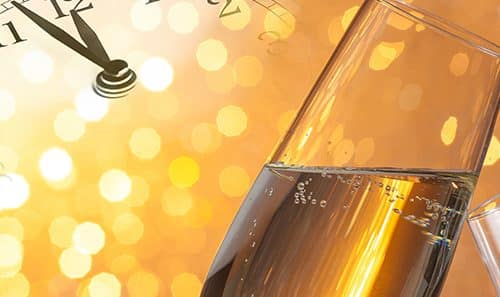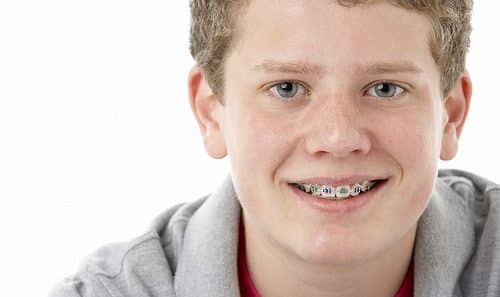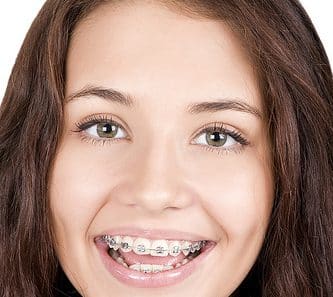
Things You Probably Didn’t Know About New Year’s Eve
It’s no secret that New Year’s Eve is one of the most widely celebrated holidays in…

Braces-Friendly Recipe: Breakfast
Kids can be picky eaters. How many times have you seen your child try to hide…

Diet Soda vs. Regular Soda: Which is better for teeth?
When most patients ask Dr. Nicola Crichigno this question, they’re thinking strictly about sugar content —…

Rubber Band Horoscopes: What your color says about you
One exciting part about wearing braces from Crichigno Orthodontics is getting to choose the colors of…

‘Tis the Season—for Healthy Dental Choices!
It might be the most wonderful time of the year, but if you’re dashing through the…

What is expected of me during my orthodontic treatment?
We hear this question a lot at Crichigno Orthodontics, and we don’t mind when patients who…

Five Braces-Friendly Dinner Recipes
Did you know that more than four million children throughout the US and Canada have braces?…

How Often Should You Brush?
If you’ve been following your dentist’s advice, you know that you should be devoting two minutes…

Misconceptions About Orthodontics
While everyone understands that a dentist takes care of teeth, not everyone is aware of what…

Halloween Fun with Braces
Halloween is a favorite holiday among children due to the festive games, imaginative costumes, and candy….


